Interview: The Salty Koharu Has a Soft Spot for Me Author Kazami Sawatari
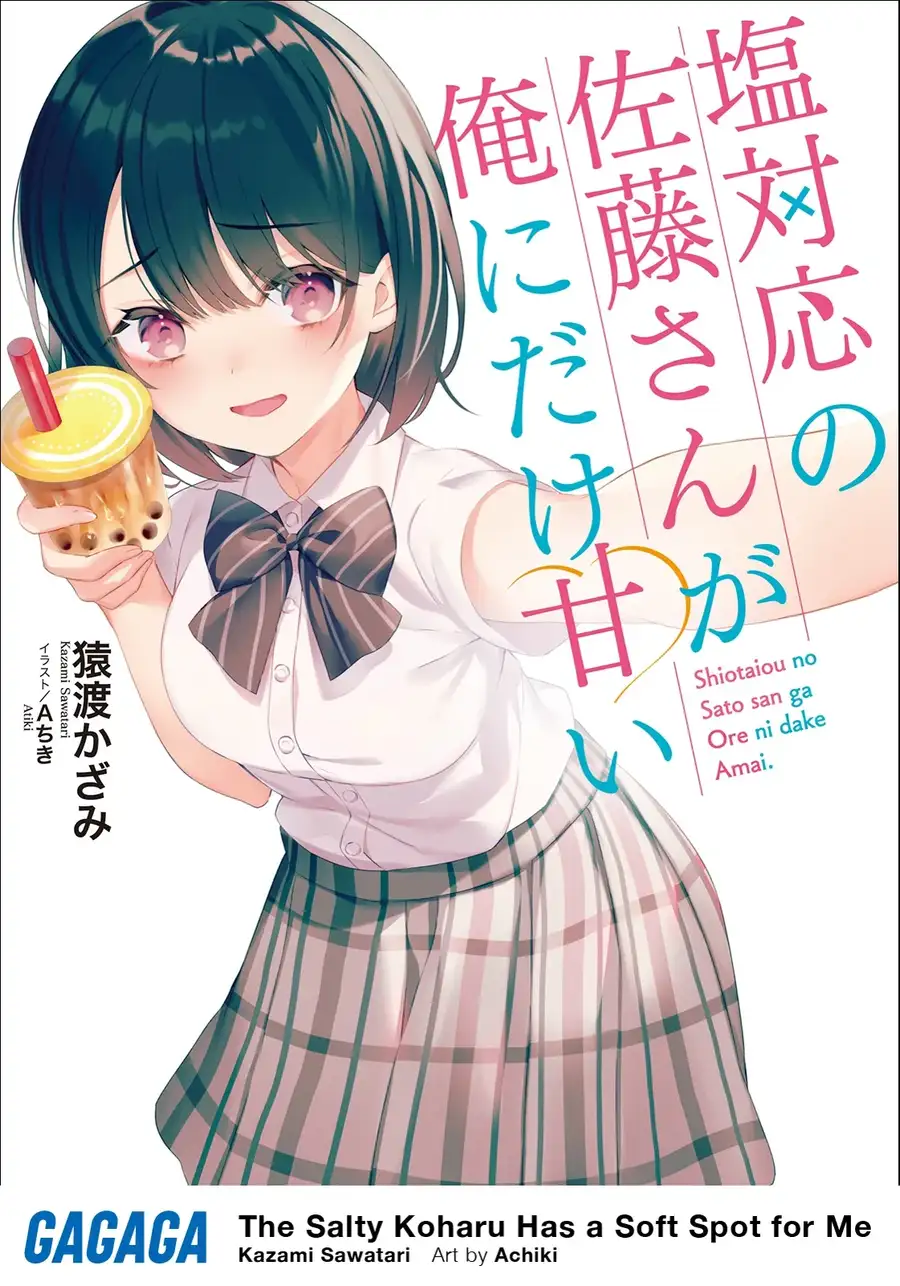
I love manga just as much as novels, but before writing this book, I was deeply shocked by the first shōjo manga I ever read, which was aimed at teenage girls. Until then, I had always felt somewhat uncomfortable with the genre of shōjo manga, but precisely because of that, shōjo manga that focused on the changes in human relationships brought about by romance struck me as very fresh. So, I thought that if I repackaged a romance novel for girls for men, more people would be able to experience the same shock I did. That’s how “The Salty Koharu Has a Soft Spot for Me” was born.
“The Salty Koharu Has a Soft Spot for Me” is, as mentioned earlier, a male-oriented adaptation of a romantic novel for young girls. Therefore, I made it a top priority to avoid leaning too heavily toward the male perspective. I aimed to create a novel that would be enjoyable not only for men but also for women. To give a concrete example, in this novel, the perspectives of the protagonist and the main heroine alternate back and forth like a duet. I wanted to depict romance from both the male and female perspectives. Additionally, by allowing readers to overlook these two perspectives, the more seriously the characters take their feelings, the more readers can sense a certain humor inherent in love. That is what makes this novel unique, I believe.
At first, I just wrote based on the feeling of the moment. I wanted to entertain my readers and enjoy myself. That was my only goal. However, as the number of episodes increased, I had more things to think about, and it became difficult to just go with the flow. Now, I plan out the plot carefully before I start writing. But even if I plan everything out carefully, I usually end up rewriting it because I come up with better ideas as I write.
For me, “The Salty Koharu Has a Soft Spot for Me” has been a part of my life for seven years, including the prototype. I have a deep affection for all the characters, as if they were friends or siblings. Of course, Sota Oshio (the protagonist) and Koharu Sato (the main heroine) are no exception. But if I had to pick one character that I enjoy writing about the most, I would choose Kaoru Himeui, the sub-character who first appears in Volume 6. She initially appears as the love rival of the heroine. As a confident high school influencer, she sometimes comes across as overly confident and aggressive, but her true self is incredibly sensitive, hardworking, and caring toward her friends. Watching her shed her influencer persona and open up to everyone was a lot of fun to write.
No character is completely like an alter ego of myself, but I have tried to include universal “problems” that I can relate to in every character. Shyness, vainness, passivity, negative thinking …… exaggerate those elements and make them the core of each character. I can take each character’s problems seriously because I have the same problems myself.
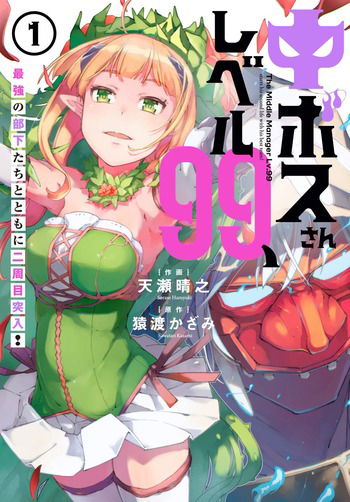
It is difficult. This is because novels and comics have completely different ways of approaching readers, and a good novel does not necessarily make a good comic. However, since it is only a difference in approach, it does not mean that one is more difficult than the other. I am a professional novelist, but I am not a professional manga artist. …… With this in mind, I study with humility every day, and I always make sure to show my respect for manga artists.
Read the reviews of the manga here: Volume 1 | Volume 2
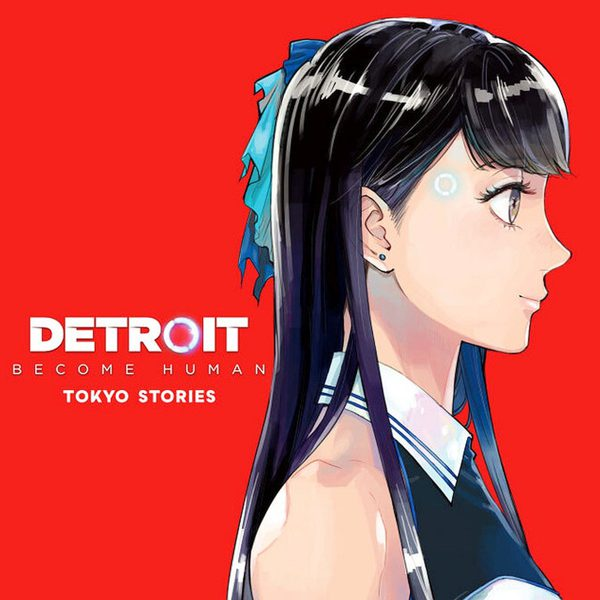
At first, I thought it was a very difficult job, but that was because I was such a big fan of the original game. I considered various things before accepting this job. Why was it necessary to create a spin-off for the already completed “Detroit: Become Human”? What was the necessity of setting the spin-off in Japan? After struggling with these questions, I finally came up with the idea of a comic adaptation. In the end, we received approval from Quantic Dream, so all the effort was worth it. Though I think most of the credit goes to Moto Sumida, the manga artist (laughs).
Sawatari-san: I didn’t know this before, but it’s very interesting. I’m sure there are many people in Japan who feel the same way. As a mere writer, I feel it’s presumptuous of me to offer advice, but if I could say one thing, it would be to “cherish the uniqueness of Western culture.” In Japan, there is a saying that “The essence of a novel lies in human nature, followed by social conditions and customs.” This means that “the most important thing in writing a novel is to depict human drama, and the second most important thing is to depict the state of society.” Light novels are a very timely and current form of content. So, if there were a light novel that could only be born from Western culture, I would be most interested in that.
Outerhaven: Lastly, a fun question! What is something interesting that fans of yours may not know about you?
Sawatari-san: Recently, I’ve been summarizing my thoughts on novels, manga, and movies I’ve read and watched in Excel as a kind of diary, and sharing them with my close friends. It’s a blast! Not only is it inspiring, but it also leads to discovering new works. I highly recommend giving it a try!
Outerhaven: Again, we would like to thank you for taking the time to answer our questions! We greatly appreciate the opportunity! To our readers, we urge you to support Sawatani-san by checking out The Salty Koharu Has a Soft Spot for Me on NOVELOUS via the following link: https://novelous.net/novels/The%20Salty%20Koharu%20Has%20a%20Soft%20Spot%20for%20Me/3
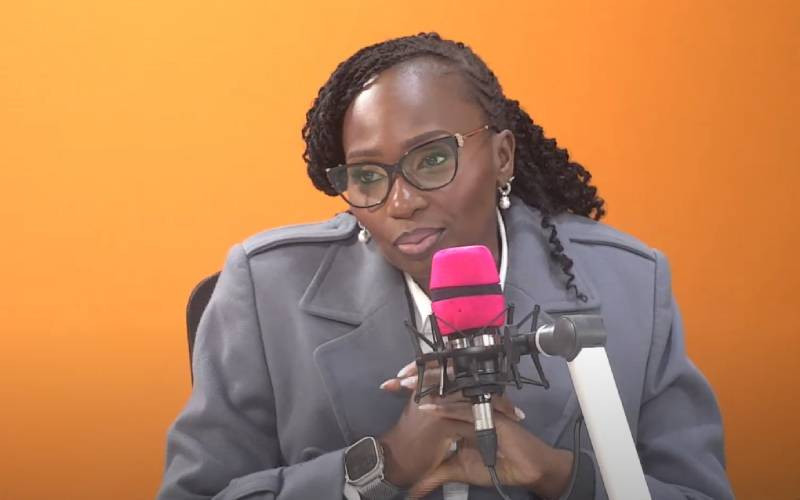




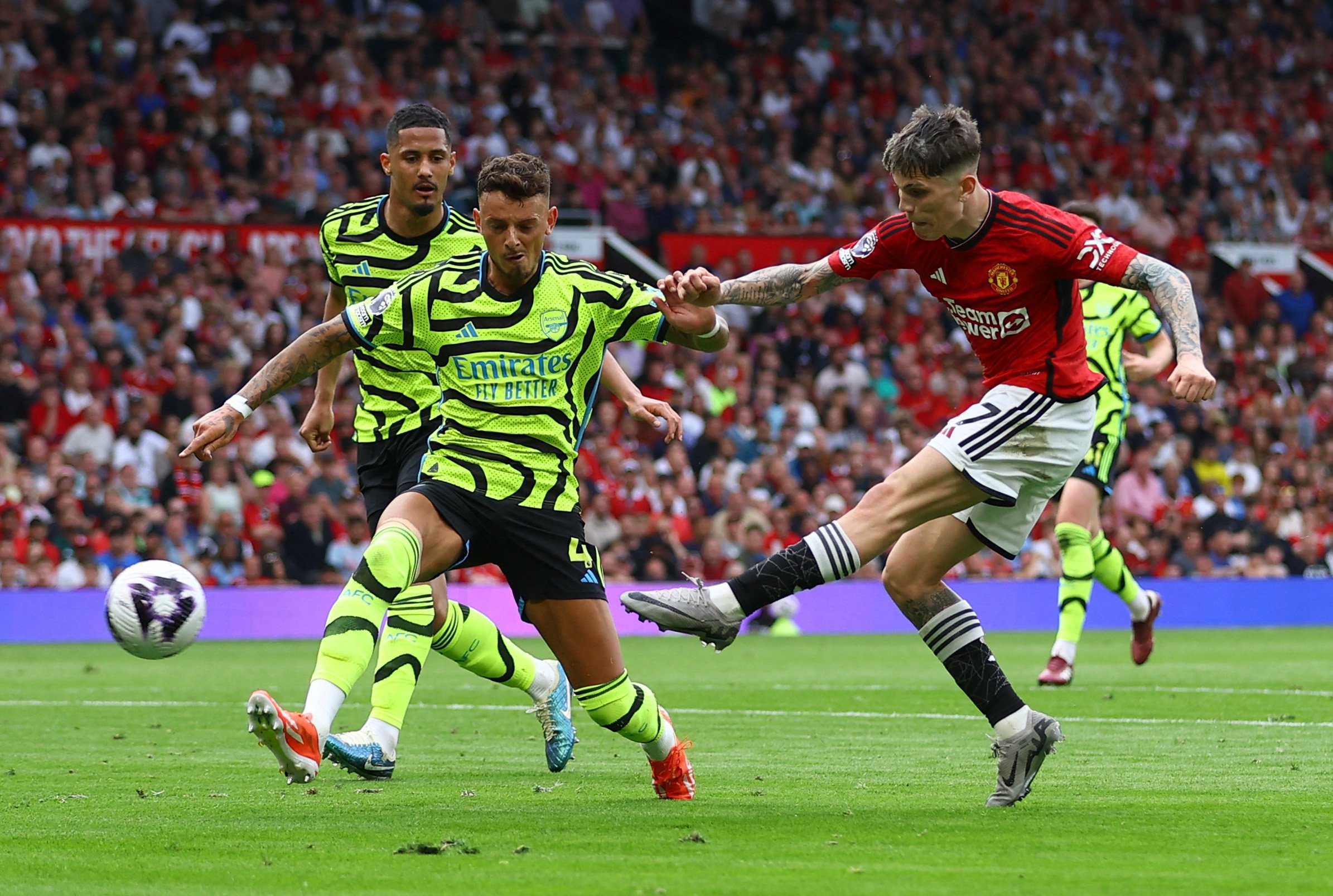



:max_bytes(150000):strip_icc()/yo-gabba-gabbaland-header-fcdd253972254be8923c25d91bd0a476.jpg)

